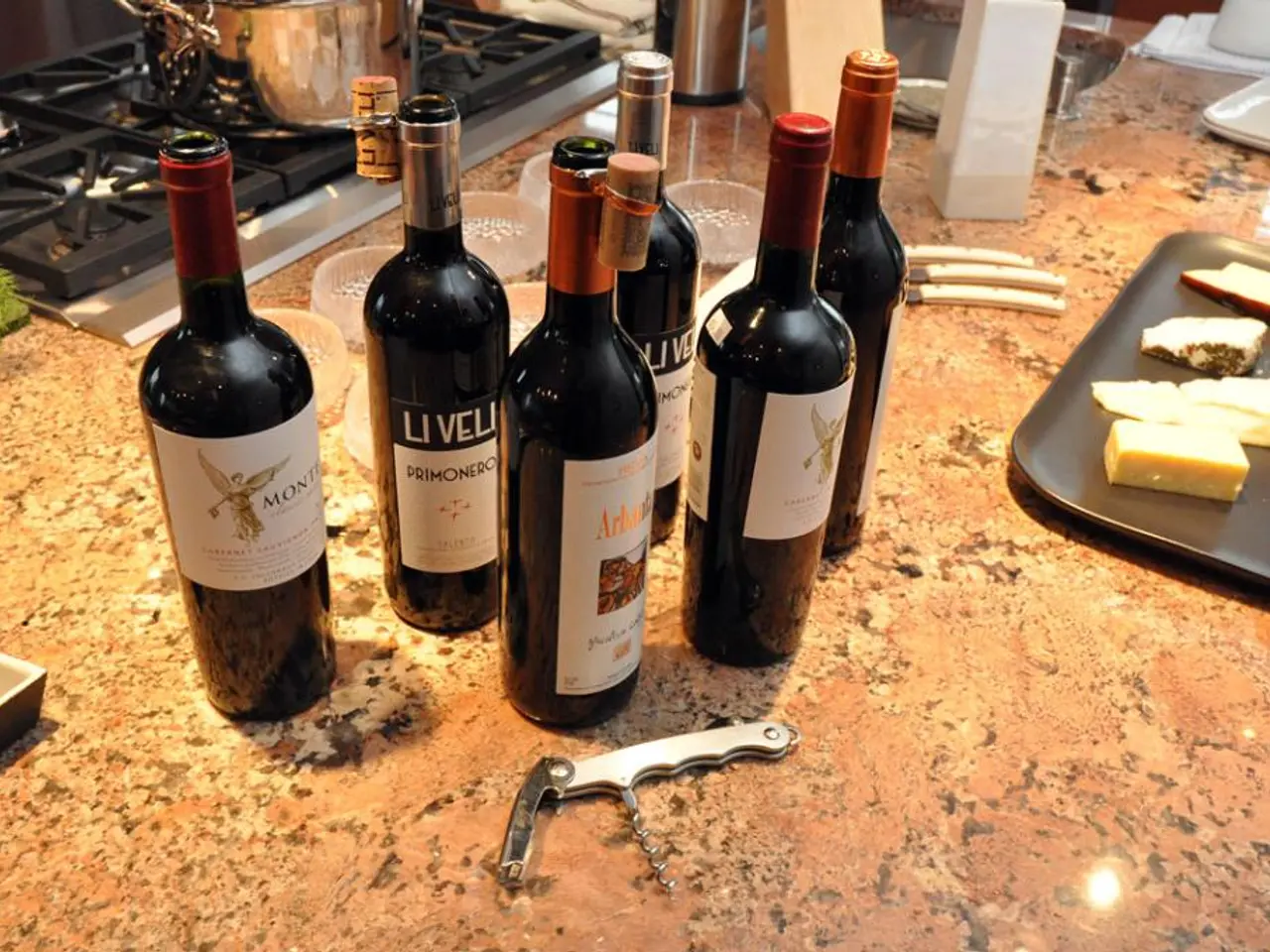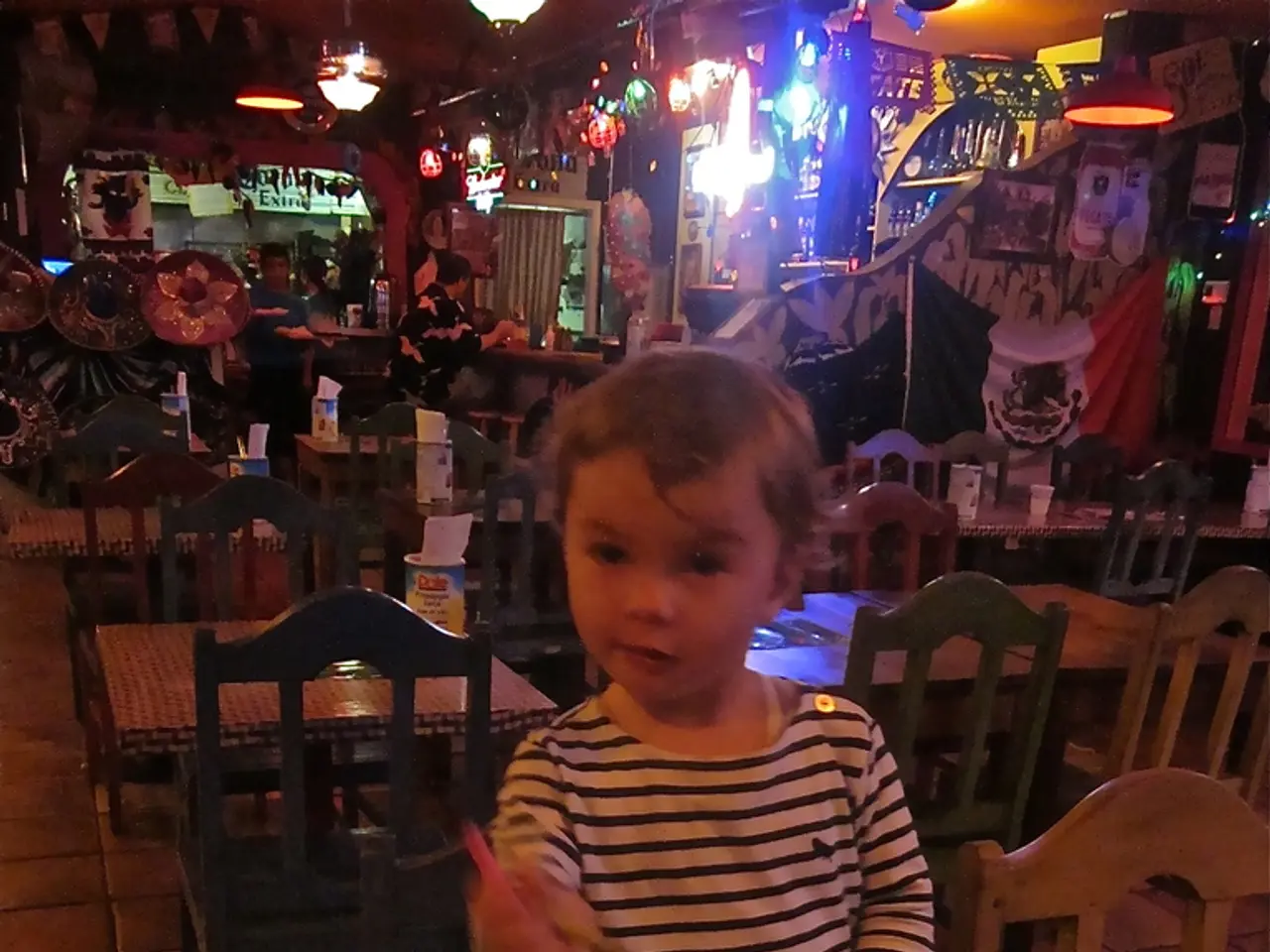Explore the Depths of Silk Fabric Purchasing: Detailed Guide on Buying Quality Silk Materials
In the realm of textiles, few fabrics rival the elegance and sophistication of silk. Known as the "queen of fabrics," silk offers a rich history, vibrant colors, and exceptional versatility. This comprehensive guide aims to help you navigate the world of silk fabrics, providing insights into the main types, their characteristics, and buying considerations for specific projects.
The Different Types of Silk
- Mulberry Silk
- Characteristics: Finest quality, smooth, lustrous, very strong and uniform fiber.
- Origin/Source: Silkworms fed only on mulberry leaves (Bombyx mori).
- Strength & Texture: Strong tensile strength, smooth triangular fiber.
- Special Features: Excellent drapability, smooth texture, costly.
- Considerations for Buying: Ideal for luxury apparel, bridal wear, and delicate projects needing fine drape.
- Tussar Silk (Wild Silk)
- Characteristics: Coarser, duller shine, broader fibers with fine longitudinal lines.
- Origin/Source: Wild silkworms; natural, less processed.
- Strength & Texture: Strong but less lustrous; triangular shape with rounded corners.
- Special Features: Earthy texture, natural golden to brownish tone.
- Considerations for Buying: Good for moderately priced garments, upholstery, and crafts needing texture.
- Eri Silk (Peace Silk/Ahimsa Silk)
- Characteristics: Woolly, cotton-like texture, dense, durable, excellent thermal properties.
- Origin/Source: Samia ricini silkworms fed on castor plants; moth allowed to emerge naturally.
- Strength & Texture: Dense and durable.
- Special Features: Ethical "peace" silk; less sheen, more matte.
- Considerations for Buying: Suitable for warm clothes, ethical fashion, and when softness and durability with ethical sourcing matter.
- Muga Silk
- Characteristics: Naturally golden yellow, glossy, very strong, gains luster with age.
- Origin/Source: Semi-domesticated Antheraea assamensis silkworm, Assam, India.
- Strength & Texture: Very strong; among strongest natural fibers.
- Special Features: Unique golden color, highly durable.
- Considerations for Buying: Best for luxury apparel, ethnic wear, and heirloom textiles where rarity and durability are valued.
Other Types of Silk
- Spider Silk: Extremely strong and elastic, biodegradable. Not commercially viable; more for research or specialty bio-engineered textiles.
- Sea Silk: Exceptionally rare, fine, and expensive. Historically prized, nearly extinct. Collectors or high-end art pieces; impractical for commercial garment production.
- Soy Silk (Vegetable Silk): Resembles silk and cashmere with natural sheen, wrinkle-resistant, moisture absorbent, UV resistant. Good for sustainable fashion, activewear, lingerie, and blended fabrics needing softness.
The Importance of Momme
Momme (mm) is a unit of measurement used to determine the weight and density of silk fabric. Higher momme weights indicate denser and more substantial silk. For example, 6-8 mm is a light and delicate fabric suitable for lingerie and lightweight clothing, while 10-16 mm is a medium-weight fabric suitable for blouses, dresses, and scarves, and 18-30 mm is a heavyweight fabric suitable for suits, drapes, and upholstery.
Dyeing Silk Fabrics
Silk is renowned for its vibrant colors and ability to take dye exceptionally well. Natural dyes tend to produce softer, more muted colors, while synthetic dyes can result in brighter and more vivid shades. Some fabrics are hand-dyed, which can create unique variations in color and patterns.
Other Silk Fabrics
Organza, a sheer, lightweight fabric known for its crisp and transparent appearance, is another popular silk fabric.
In summary, when selecting silk for projects, match the silk type's texture, strength, sheen, ethical production, and cost to the intended use and values of the project for optimal results. Navigating the world of silk can be overwhelming, but with this guide, you'll be well-equipped to make informed decisions and create beautiful, high-quality silk projects.
Based on the guide, it's apparent that the world of silk extends beyond traditional fabrics, encompassing several unique types such as Mulberry, Tussar, Eri, Muga, Spider (for research), Sea (rare and expensive), Soy (sustainable fashion), and Organza (sheer and lightweight). Additionally, when it comes to the realm of fashion and beauty, silk is an excellent choice for various lifestyle pursuits due to its versatility and rich colors, suitable for everything from bridal wear and luxury apparel to upholstery and ethical fashion projects.




